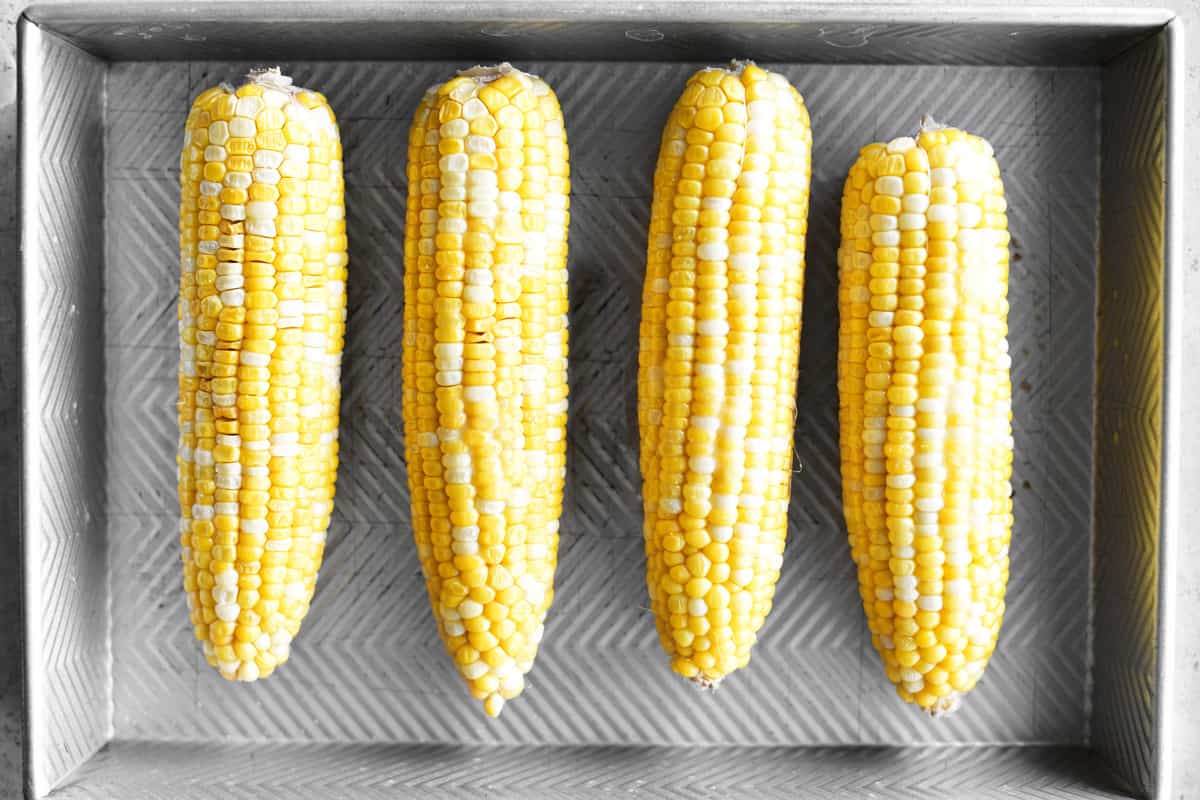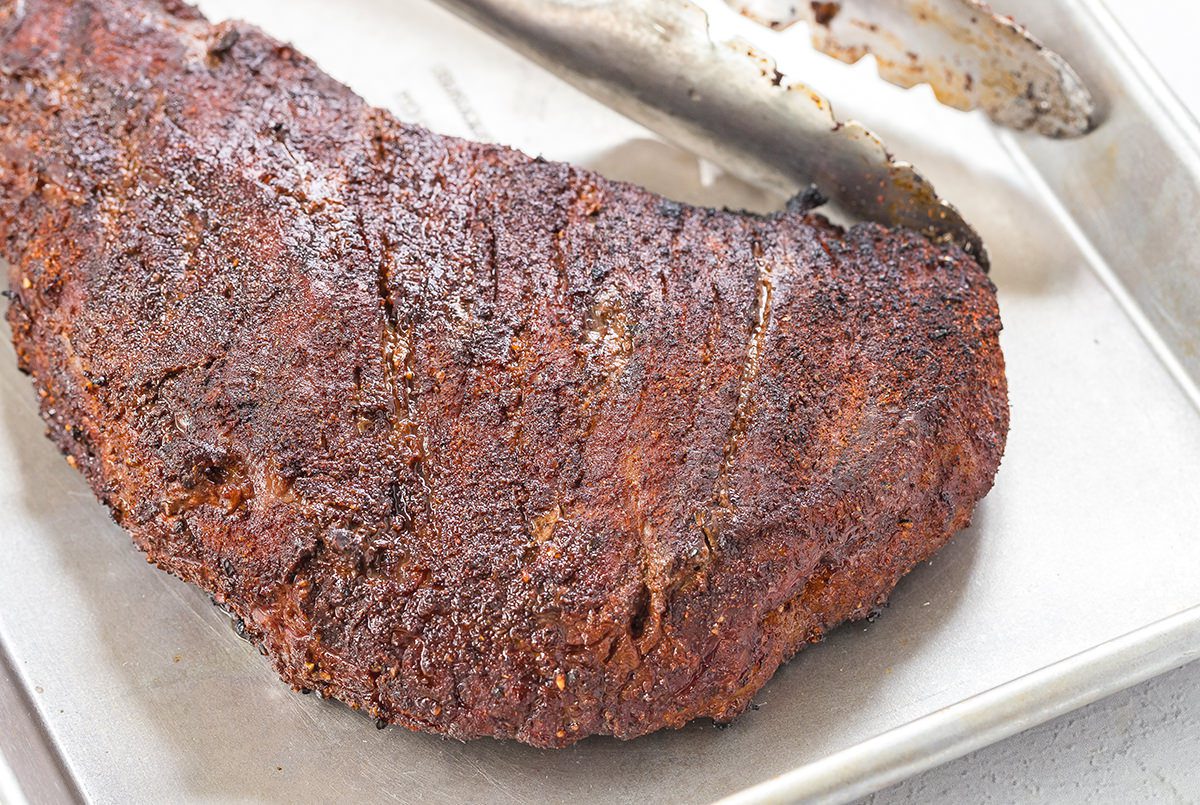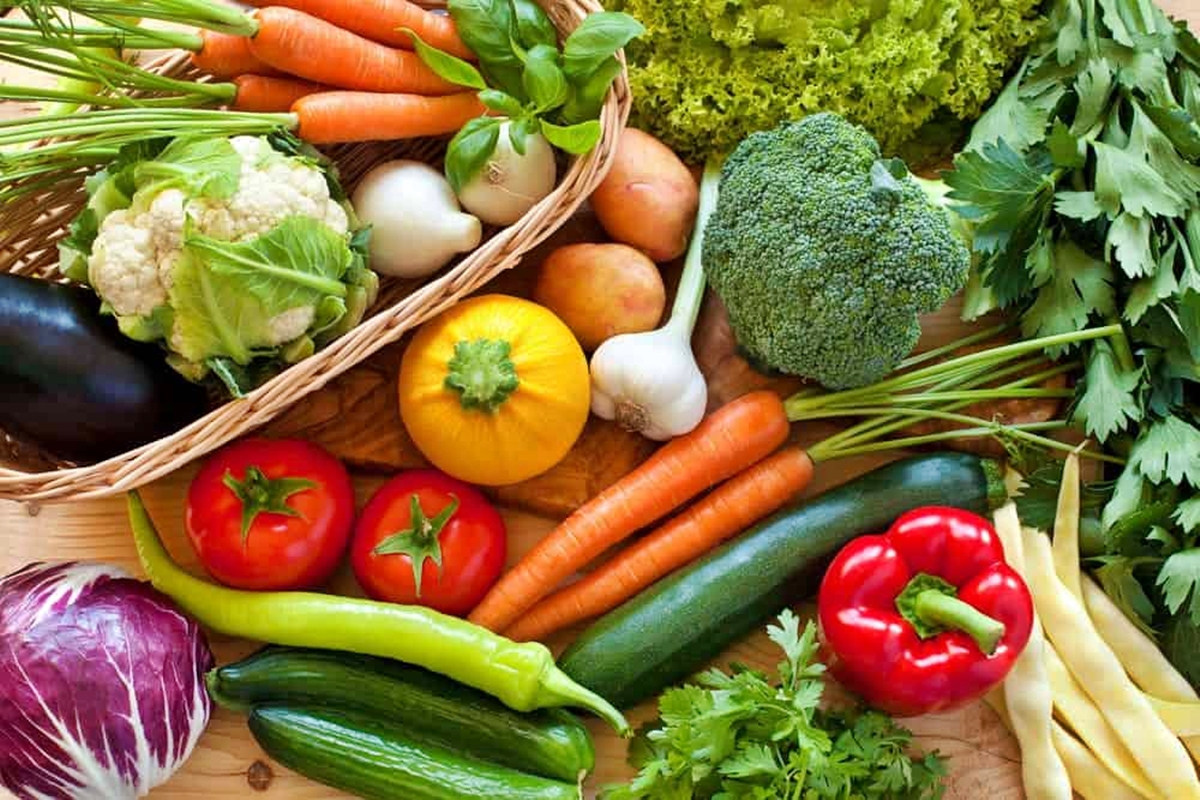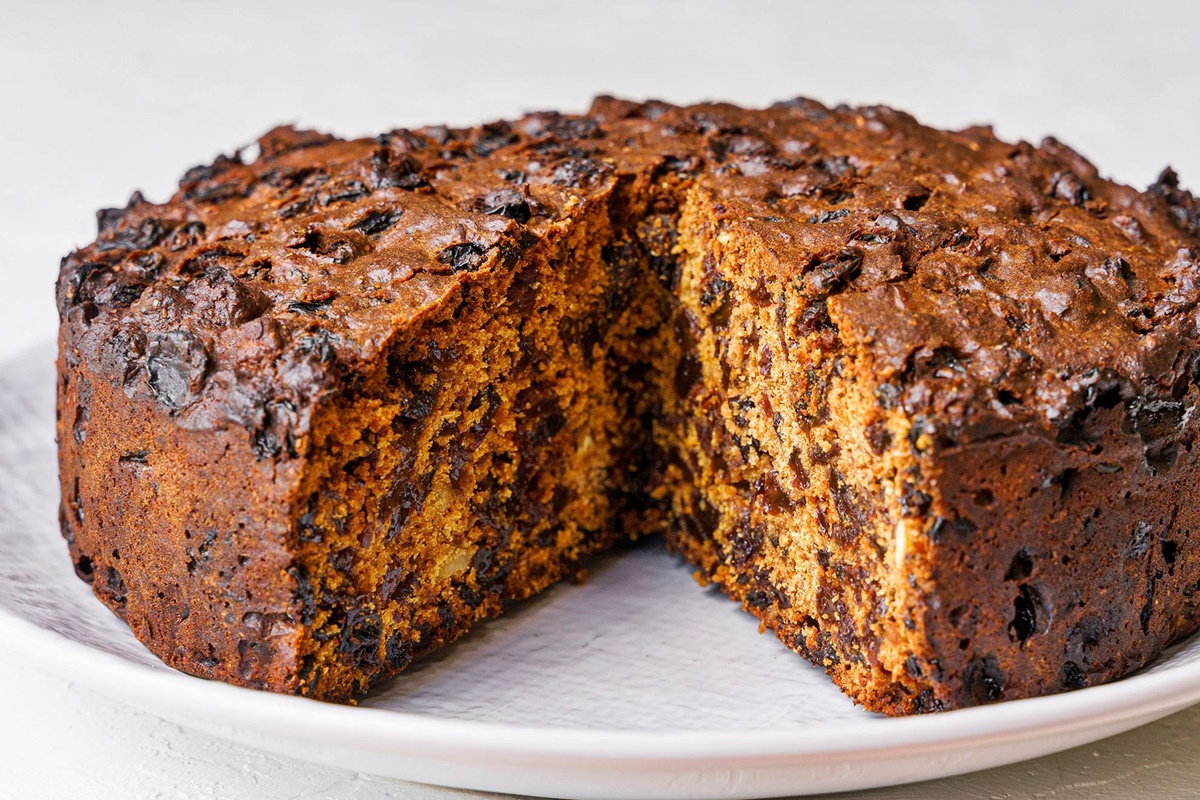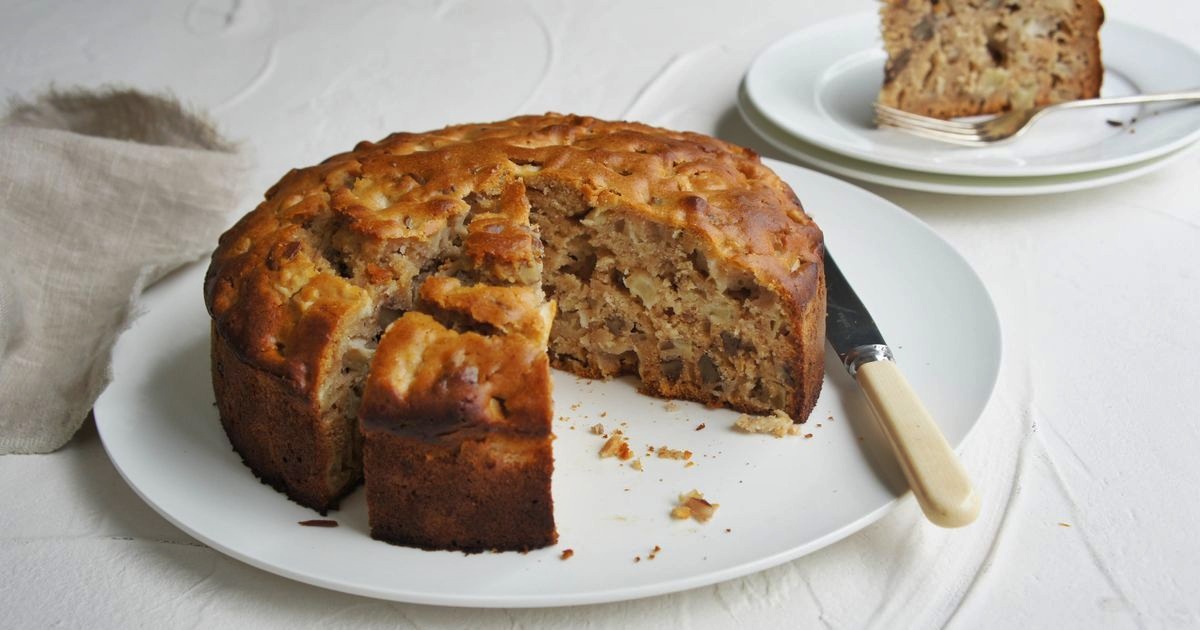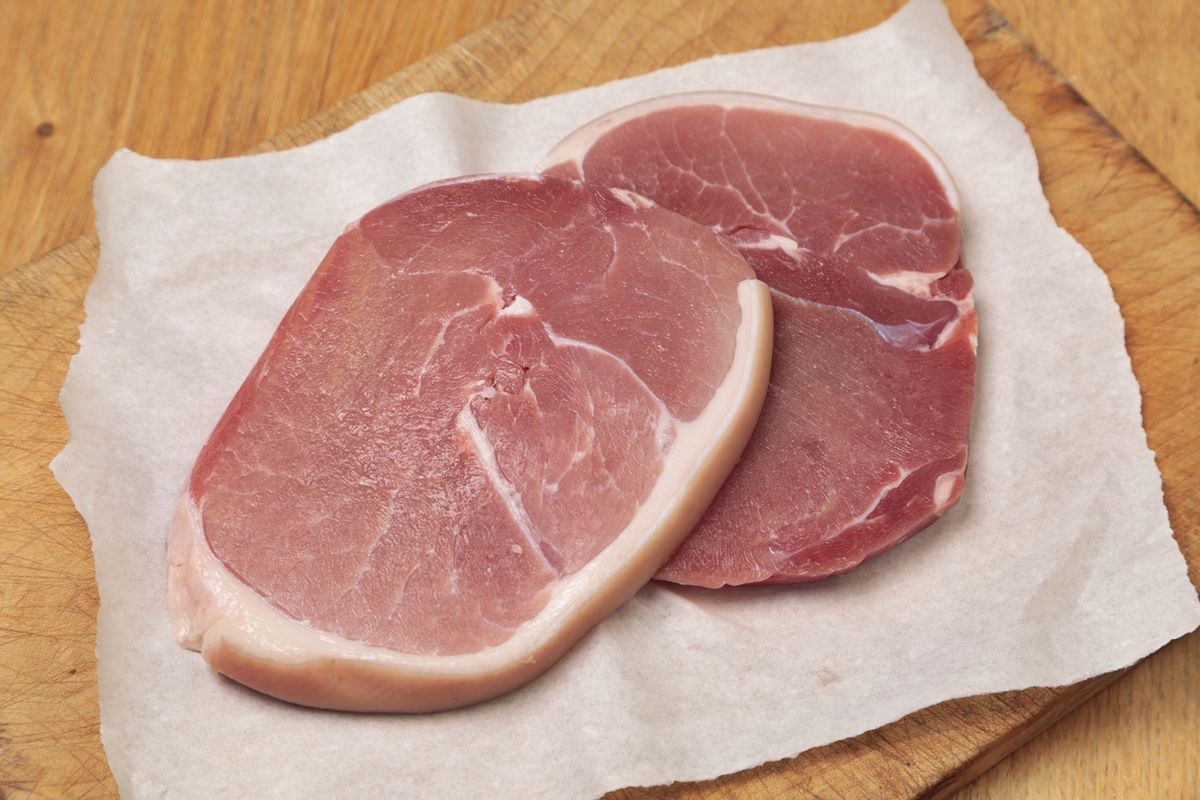How To Cook Aubergine: A Beginner’s Guide to Mastering this Versatile Vegetable
Are you ready to explore the world of aubergines? Also known as eggplants, these deep purple beauties are not only visually appealing but also offer a range of delicious culinary options. Whether you’re a novice cook or an experienced chef, learning how to cook aubergine opens up a whole new realm of possibilities in the kitchen.
1. Choosing the Perfect Aubergine
Before we dive into the cooking methods, it’s important to select the best aubergine for your dishes. Look for firm, glossy skin with a vibrant purple hue. Avoid any signs of discoloration or wrinkling, as these indicate that the aubergine may be overripe or past its prime.
2. Prepping and Preparing
Start by washing the aubergine thoroughly under running water. Pat it dry with a paper towel, and then remove the stem. If you prefer a less bitter taste, you can opt for salting the aubergine before cooking. Simply slice it, sprinkle salt on both sides, and let it rest for about 30 minutes. Rinse the slices and pat them dry before proceeding with your chosen cooking method.
3. Cooking Methods
a) Roasting:
Roasting aubergine brings out its natural flavors and creates a soft, creamy texture. Preheat your oven to 200°C (400°F). Cut the aubergine into chunks or slices, toss them in olive oil, and season with your favorite herbs and spices. Place them on a baking sheet and roast for about 25-30 minutes until the pieces are golden brown and tender. Roasted aubergine works great in salads, as a side dish, or as a base for dips like baba ganoush.
b) Grilling:
Grilling aubergine not only adds a smoky flavor but also gives it an attractive charred appearance. Cut the aubergine into thick slices, brush them with olive oil, and sprinkle with salt and pepper. Heat your grill to medium-high and cook the slices for about 4-5 minutes per side or until they are nicely grilled and tender. Grilled aubergine is a fantastic addition to sandwiches, pasta dishes, or as a standalone dish with some refreshing yogurt on top.
c) Stir-Frying:
Stir-frying is a quick and versatile method that will help you create deliciously flavorful aubergine dishes. Cut the aubergine into bite-sized pieces, heat some oil in a pan or wok, and add your favorite stir-fry veggies and seasonings. Cook on high heat for about 7-8 minutes, or until the aubergine is tender but still holds its shape. Stir-fried aubergine is fantastic in Asian-inspired dishes like stir-fries, curries, or even in a scrumptious veggie-packed fried rice.
4. Serving and Enjoying
Now that you’ve cooked your aubergine using one of the above methods, it’s time to serve and savor! Aubergine can be enjoyed as a standalone dish, added to pasta, salads, or used as a filling for wraps and sandwiches. Experiment with different flavors and seasonings to take your aubergine dishes to the next level.
Remember, cooking aubergine is all about exploring your creativity and embracing the unique flavors this versatile vegetable offers. So, go ahead, select your favorite cooking method, and whip up a delicious aubergine dish that will impress your taste buds and satisfy your culinary cravings!
For those looking to get creative with aubergine, there’s a variety of recipes to try that will make the most of this versatile vegetable. The Ratatouille Recipe offers a classic French twist that’s both colorful and flavorful. If you’re in the mood for something hearty, the Aubergine Parmesan Recipe is a must-try, with its layers of melty cheese and rich tomato sauce. For those who enjoy Middle Eastern flavors, the Baba Ganoush Recipe provides a smoky, creamy dip that's perfect with pita bread. If you prefer something lighter, the Aubergine and Quinoa Salad Recipe is refreshing and nutritious, ideal for a healthy lunch. And for a unique fusion option, the Aubergine and Black Bean Tacos Recipe combines the meatiness of aubergine with the richness of black beans for a satisfying meal. Each of these recipes highlights different techniques and flavors, making them perfect for anyone looking to expand their culinary skills.
Was this page helpful?
Read Next: How To Cook Haggis
